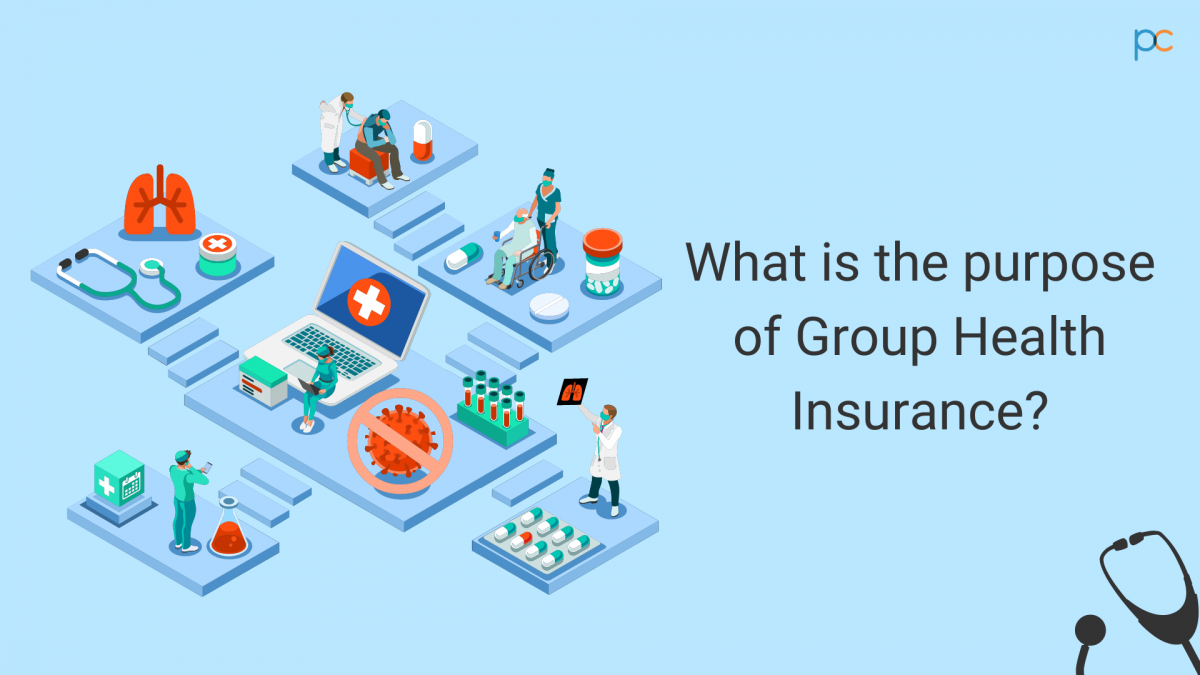The Facts About Pacific Prime Revealed
The Facts About Pacific Prime Revealed
Blog Article
The Basic Principles Of Pacific Prime
Table of ContentsPacific Prime for BeginnersPacific Prime - An OverviewNot known Details About Pacific Prime The Facts About Pacific Prime UncoveredExamine This Report about Pacific Prime

This is since the data were accumulated for a duration of solid financial performance. Of the approximated 42 million people that were without insurance, all but concerning 420,000 (concerning 1 percent) were under 65 years of age, the age at which most Americans become qualified for Medicare; 32 million were grownups between ages 18 and 65, about 19 percent of all adults in this age; and 10 million were kids under 18 years old, regarding 13.9 percent of all children (Mills, 2000).
These estimates of the variety of individuals without insurance are generated from the annual March Supplement to the Current Population Study (CPS), carried out by the Census Bureau. Unless otherwise noted, national estimates of individuals without medical insurance and proportions of the populace with various kinds of protection are based on the CPS, the most extensively made use of resource of estimates of insurance policy coverage and uninsurance prices.
The Main Principles Of Pacific Prime

Still, the CPS is especially helpful due to the fact that it produces yearly quotes fairly promptly, reporting the previous year's insurance coverage approximates each September, and since it is the basis for a consistent set of estimates for greater than twenty years, enabling analysis of patterns in protection gradually. For these factors, in addition to the extensive usage of the CPS in various other research studies of insurance policy coverage that exist in this report, we depend on CPS quotes, with limitations kept in mind.

The estimate of the variety of uninsured people broadens when a population's insurance condition is tracked for several years. Over a three-year duration beginning early in 1993, 72 million people, 29 percent of the U.S. https://pastebin.com/u/pacificpr1me. population, lacked insurance coverage for at the very least one month. Within a solitary year (1994 ), 53 million individuals experienced at the very least a month without coverage (Bennefield, 1998a)
6 out of every ten without insurance adults are themselves utilized. Working does enhance the possibility that one and one's family participants will certainly have insurance coverage, it is not an assurance. Also participants of families with two permanent breadwinner have virtually a one-in-ten opportunity of being without insurance (9.1 percent uninsured rate) (Hoffman and Pohl, 2000).
The Facts About Pacific Prime Revealed
New immigrants make up a significant proportion of individuals without health insurance site here coverage. One evaluation has attributed a significant part of the recent growth in the size of the united state without insurance populace to immigrants that arrived in the country between 1994 and 1998 (Camarota and Edwards, 2000). Recent immigrants (those that involved the United States within the past four years) do have a high price of being without insurance (46 percent), but they and their children make up just 6 percent of those without insurance coverage country wide (Holahan et al., 2001).
The partnership in between medical insurance and access to care is well established, as recorded later on in this chapter. Although the partnership between medical insurance and health and wellness outcomes is neither straight neither easy, a comprehensive professional and health services study literary works web links medical insurance coverage to improved access to care, much better high quality, and improved personal and population health condition.
Levels of analysis for examining the impacts of uninsurance. This conversation of health and wellness insurance policy protection focuses largely on the U.S. populace under age 65 due to the fact that essentially all Americans 65 and older have Medicare or other public coverage. It focuses specifically on those without any type of wellness insurance policy for any kind of size of time.
Pacific Prime - An Overview
The troubles dealt with by the underinsured remain in some aspects comparable to those dealt with by the uninsured, although they are typically much less extreme. maternity insurance for expats. Uninsurance and underinsurance, however, involve noticeably different policy problems, and the strategies for addressing them may vary. Throughout this research and the five reports to adhere to, the primary focus is on persons without medical insurance and thus no help in paying for healthcare beyond what is readily available with charity and safety internet organizations
Medical insurance is an effective element affecting receipt of care due to the fact that both clients and doctors respond to the out-of-pocket price of solutions - https://www.storeboard.com/pacificprime. Medical insurance, nevertheless, is neither essential nor enough to get to clinical services. However, the independent and straight effect of health and wellness insurance coverage on accessibility to health and wellness services is well established.
Others will obtain the healthcare they require also without medical insurance, by spending for it out of pocket or seeking it from providers who use treatment free or at very subsidized rates. For still others, wellness insurance alone does not guarantee receipt of care as a result of various other nonfinancial barriers, such as an absence of healthcare providers in their community, limited access to transportation, illiteracy, or etymological and cultural distinctions.
A Biased View of Pacific Prime
Official study regarding uninsured populaces in the USA dates to the late 1920s and very early 1930s when the Committee on the Expense of Treatment produced a collection of records regarding funding doctor workplace check outs and hospitalizations. This problem came to be salient as the varieties of medically indigent climbed during the Great Clinical depression.
Report this page